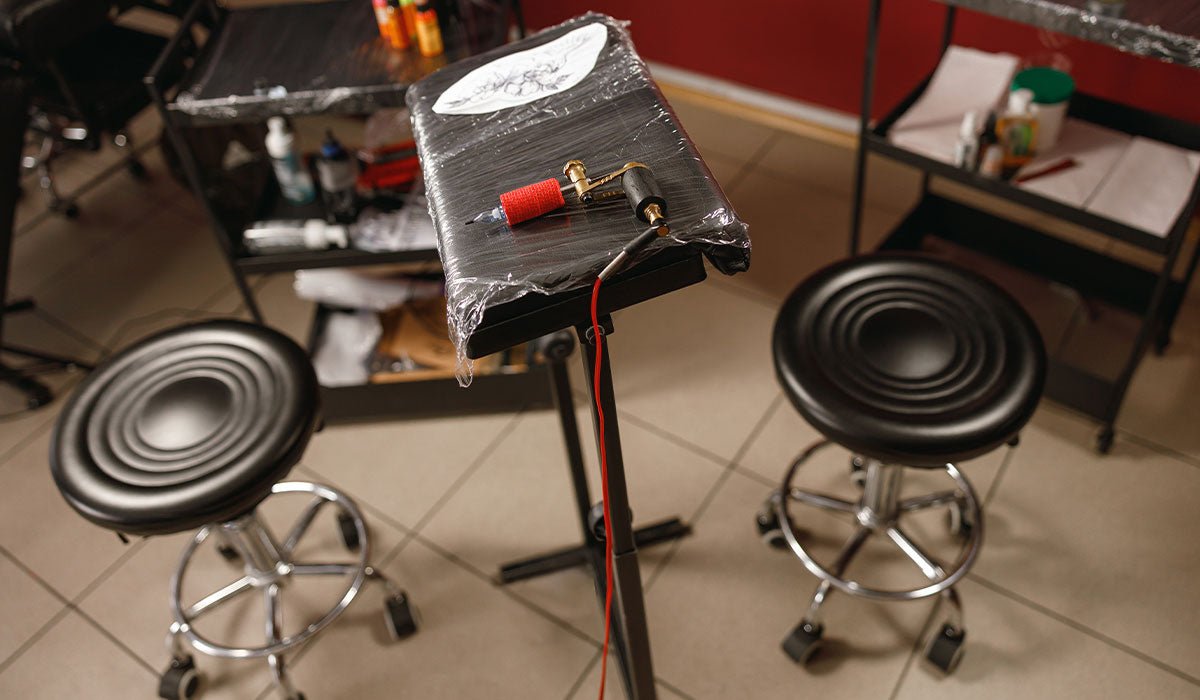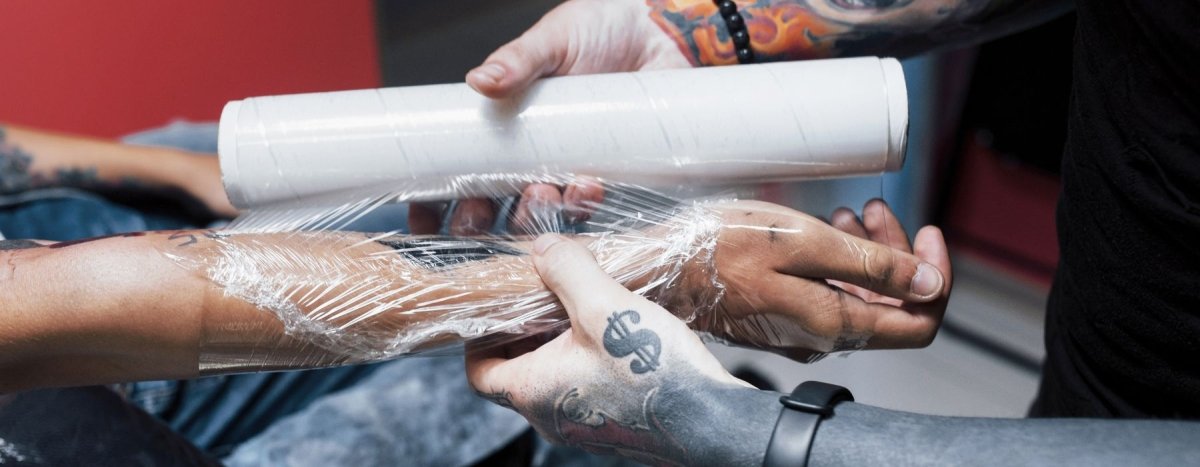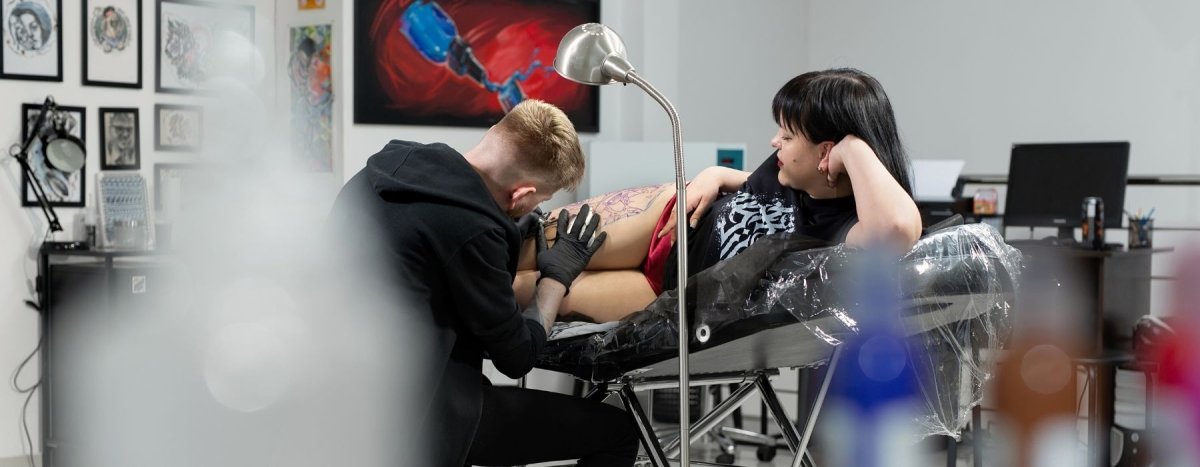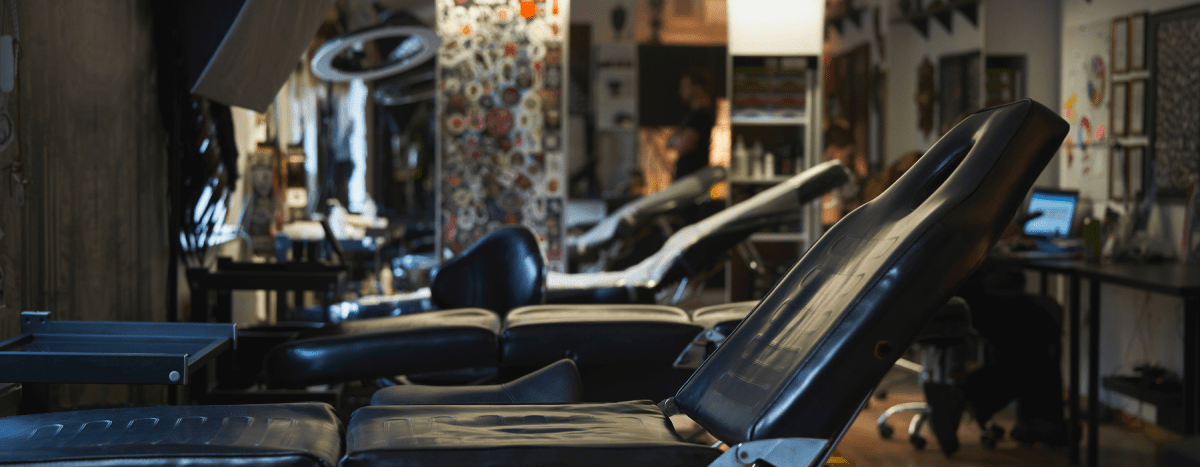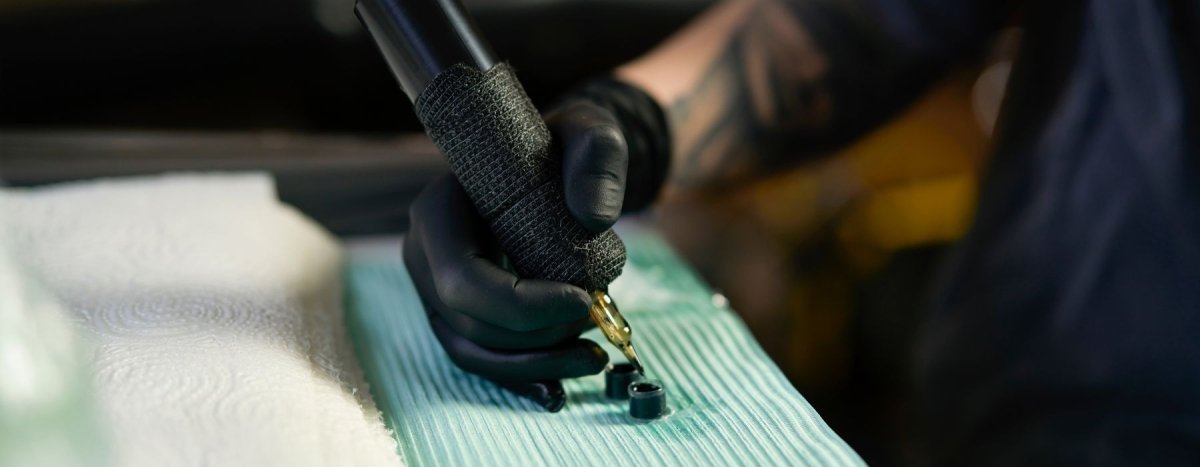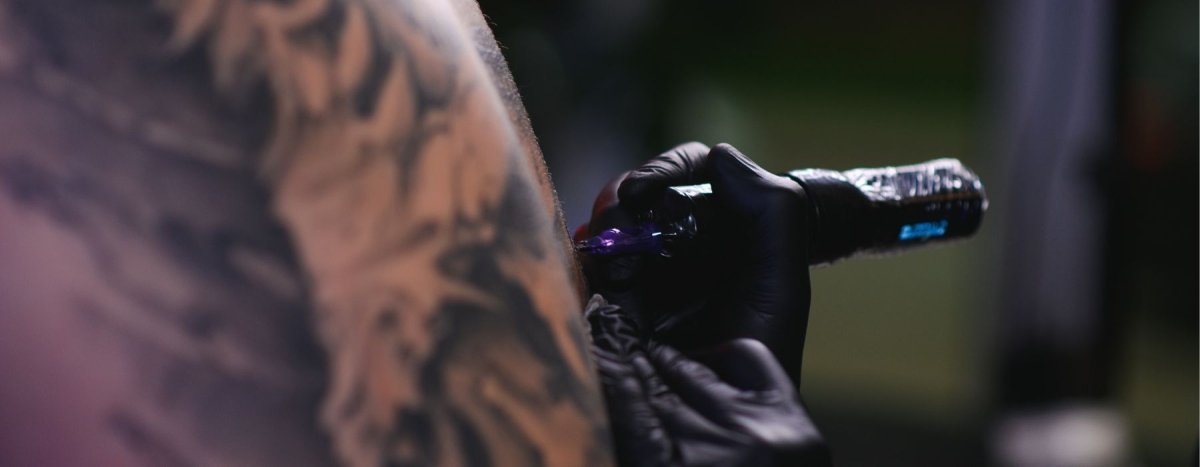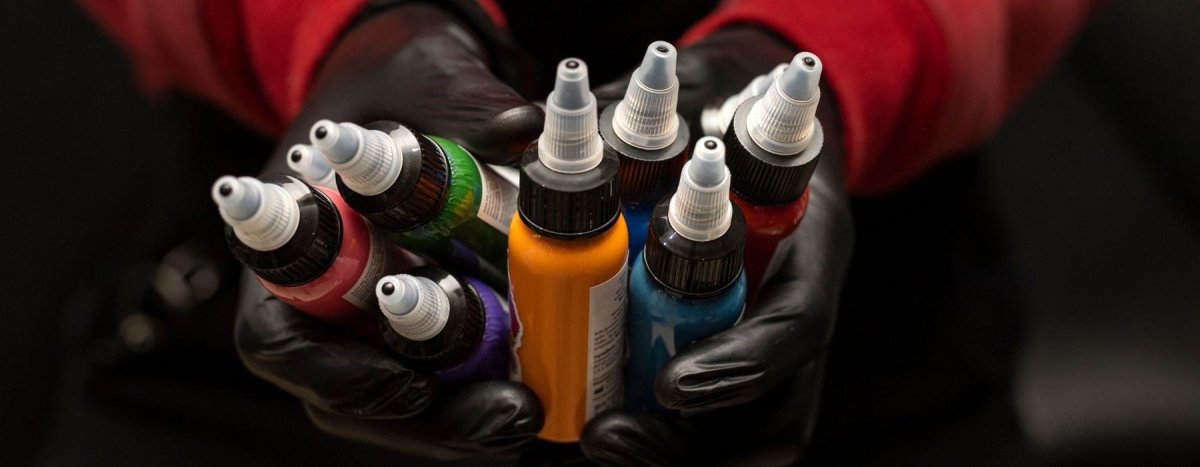Your cart is empty
Looks like you haven't added anything to your cart yet

Tattooing Over Scars or Moles: A Beginner’s Guide for Tattoo Artists
Tattooing is an artistic skill that demands time, patience, and an appreciation of the human form. Clients who want to cover or enhance the appearance of scars, moles, and even birthmarks with a tattoo will be part of your repertoire as you progress through your career. Covering scars or moles with tattoos has to be done very accurately and skillfully. Today we will be talking about the absolute must-know tips and tricks to start with airbrush tattooing for beginners.
For beginner artists of this domain who plan to increase their expertise but don't know where to start, come along.

How Your Skin Works - Scars and Moles What Are Scars?
Following skin injury, scars are from the body's natural healing process. These scars can appear in many different ways, sizes, and feels along with the injury type healed in conjunction with how an individual's skin reacts. Most Common Scars include Hypertrophic, Keloid, Atrophic, and Contracture scars. Raised scars can be white, purple, or red. When a scar forms, it often looks worse than the injury that caused it — keloid scars grow bigger over time and can be raised more so than non-keloidal ones. This type of scarring causes the skin to be sunken and it is common for people who have had problems with acne or chickenpox. Contracture scars are usually due to burns and can tighten the skin.

What Are Moles?
Moles are skin growths that develop when pigment cells (melanocytes) grow in clusters. Many moles are benign, though they may differ in color and size. Keep in mind that tattooing over moles is not recommended, particularly if the mole has changed (or changes) color or shape as this can indicate skin cancer.
Safety First: Considerations Before Tattooing Over Scars or Moles
You should never compromise on safety when considering tattooing over scars or moles. Here is what you need to consider:
- Consultation with the Client: Always start by consulting your client. Discuss their medical history, how the scar/mole became a scar/or the expected look for the tattoo. For patients with a new, changing, or suspicious-looking scar or mole, recommend they first seek medical advice.
- Evaluating the Area: Look around. The area being tattooed — over a scar or mole, for example — may be tougher than surrounding skin (as scars tend to contract and create denser collagen networks), thinner from prior excisional surgeries, or more sensitive. First, you should find out whether your skin is oily or dry and only then start addressing it.
- Medical Clearance: If concerning moles (especially raised ones or those which are aesthetically abnormal in any way), seek to have the client vetted by a dermatologist. This is to avoid pigmentation in a lesion-helpful area of the skin.
- Client Consent: Make sure your client truly understands the risks: have them sign a consent form. It is a great idea to have them sign something that mentions what could go wrong, such as the tattoo taking unevenly due to scar tissue or mole or having other reactions with ink.
Methods to Tattoo Over Scars
The art of tattooing over scars relies on exposure that is far less aggressive than what you would discover from a common high-quality machine. Some ways include:
- Pick Your Needle Wisely: As scar tissue doesn't take ink as well as skin, sometimes you'll need to have a different approach from your normal tattoo process. You have greater control and there is less intrusion or trauma to the skin surface with one needle (or fewer needles) than with six. You might want to start with a shallower needle depth to avoid encountering more scar tissue.
- Change the Tattoo Machine Setting: Reducing the voltage of your machine will allow you to control how deep or shallow the needle goes, which can be important when working with scars depending on tissue sensitivity. This decreases the chances of skin tearing too much and becoming hyperactive.
- Be Careful Slow and Methodical: The process of tattooing over scars takes time. Work slowly to layer on the ink. It will cause less trauma to the scar, making it safer and allowing a smoother process with better ink retention.
- Color and Shading Techniques: Scars are hard to hide with flat colors. If necessary, use shading and texturing techniques to help the tattoo blend with your skin. By employing soft shading and stippling, a skilled tattoo artist can realistically cover most scarring.
- Aftercare: Aftercare is vital for tattoos over scars. Scar tissue can be more prone to infection or irritation, so it is important for clients to follow their aftercare instructions carefully. Stress the need to keep the skin clean, moisturized, and protected from direct sunlight.
Tattooing Over Moles
Tattooing any areas with a mole is usually not safe due to potential risks. Here are the steps to take if a client insists and has medical clearance:
- Do Not Tattoo Over Moles: If possible, do not tattoo directly over the mole. Instead, integrate the mole into the design. For instance, a mole might be incorporated into the design of the tattoo — maybe as part of a flower or perhaps as part of a constellation.
- Use Light Pressure: Moles are sensitive and may bleed if too much pressure is applied. Use a soft touch so as not to hurt the mole. The mole should not bleed, so if it does, immediately stop and reassess.
- Check on the Healing Process: Have your client monitor how things progress during the healing period. If you notice any changes in the mole's appearance after tattooing, get it checked out by a dermatologist.
- Design Considerations: Do not choose designs that require heavy saturation of ink when developing tattoos on or near a mole. Light shading, line work, and watercolor techniques could be the safer options in most of these cases.

Conclusion: How to Practice and Build Confidence as a Novice Tattoo Artist
Tattooing over scars or moles is an advanced skill set that requires time, talent, and patience. For an aspiring tattoo artist, it’s important to take a cautious approach to these patterns. Always keep the health and safety of clients in mind by suggesting medical consultations if needed, and make sure to understand that these areas come with their own set of challenges when it comes time for a tattoo. With the help of this guide, you can now begin mastering these specialized tattoos. Keep in mind that learning and practice lead to success, along with the dedication that goes into consistently doing your best work for the benefit of clients.
Featured Blogs
- Choosing a selection results in a full page refresh.




